It survived world wars, stood strong through nearly 1,000 bitter north-east winters – it even withstood the Wolf of Badenoch’s rampage that burned Elgin Cathedral to the ground.
But after 883 years, Birnie Kirk could finally be closing due to Church of Scotland budget cuts.
The small church on the southern outskirts in Elgin is believed to be one of the oldest places of worship in Scotland that has been in continuous use. Most others from the period are now little more than ruins.
Historic Environment Scotland recognises it as a scheduled monument, describing the building and grounds of “national importance”.
Older than Glasgow Cathedral or St Giles Cathedral in Edinburgh, Birnie Kirk was built in 1140.
However, now the future of the 12th Century building and the surrounding graveyards are uncertain. Elders fear it could become a ruin consigned to history.
Church of Scotland says it is proposing to close Birnie and three others in the Elgin area by August 2027 due to falling congregation numbers and less ministers in training.
‘Closing Birnie Kirk is a disgrace’
Congregation numbers at Birnie have dwindled to about 20 with services now alternating between there and Pluscarden, which also faces closure, every week.
Elders Ann Stronach, Gill Garrow, Val Regan and Ruth Anderson accept the time for regular services at the rural church may have passed, but have described the potential of it being abandoned as a “disgrace”.
They are concerned about what will happen to the ancient building once the Church of Scotland moves out – fearing it will become a ruin.
Mrs Stronach said: “It’s not just a religious building, it’s a place full of history and architecture.
“It’s very simple on the outside but it’s beautiful on the inside. If it gets closed up it will just end up becoming a ruin, like a lot of other churches from the same time.
“It’s an A-listed building and situated on top of graves that are 900 years old. I wouldn’t want to live in a graveyard, so I don’t think it’s got a future as a house.”
‘Birnie Kirk is unique’
Wooden churches have existed in Birnie since about 700AD in the years after St Columba first brought Christianity to Scotland.
Pictish stones depicting carvings of fish and birds remain standing in the graveyard today.
The current Birnie Kirk was built in 1140 and was the first acting cathedral in Moray with bishops living just a mile away. Elgin Cathedral was not built until later in 1224.
It is believed expert stonemasons were tasked with completing the finely pointed stonework that is believed to have kept the building in such good condition for more than 800 years.
Historic Environment Scotland recognises it as the oldest church in continuous use in Moray with its grounds described as being of “archaeological importance”.
Inside are ancient relics including an original “Hairy Bible” printed in 1773, which takes its name from its loose calfskin cover.
Two bells believed to be about 1,000 and 500 years old are also on display in alcoves under stained glass windows exposing the deep 3ft-thick stone walls.
The plain exterior hides all signs of the striking and unusual Norman arch inside above where sermons would have been given.
Church of Scotland at risk of closing across Moray
Birnie Kirk is one of four churches in the Elgin area at risk of closing as part of the Church of Scotland proposals.
The others at risk at St Giles’ Elgin High and Pluscarden with proposals expected to be finalised in November.
The only buildings the Church of Scotland is proposing to keep in the area is St Columba’s South on Moss Street in Elgin and the neighbouring Williamson Hall.
A spokesman said: “Changing population patterns along with falling membership, fewer people training for ministry and a reduction in financial contributions mean that it is necessary to reduce the number of buildings the Church owns.
“The Church recognises that buildings have meaning and value to their local communities so we know that some of these decisions will be difficult.
““It is proposed that Birnie Church will cease to be a place of worship by August 2027 and be released and the continued use of Birnie Church Hall will be reviewed on an annual basis.
“Additionally, the finalised plan will be reviewed annually, could be subject to change, and is recognition that the Church needs to reduce the number of buildings it owns and uses.”
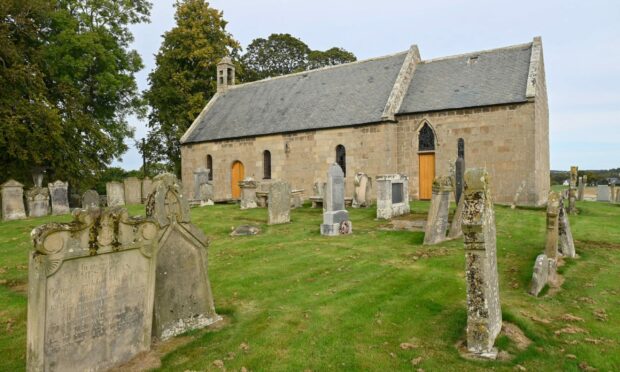

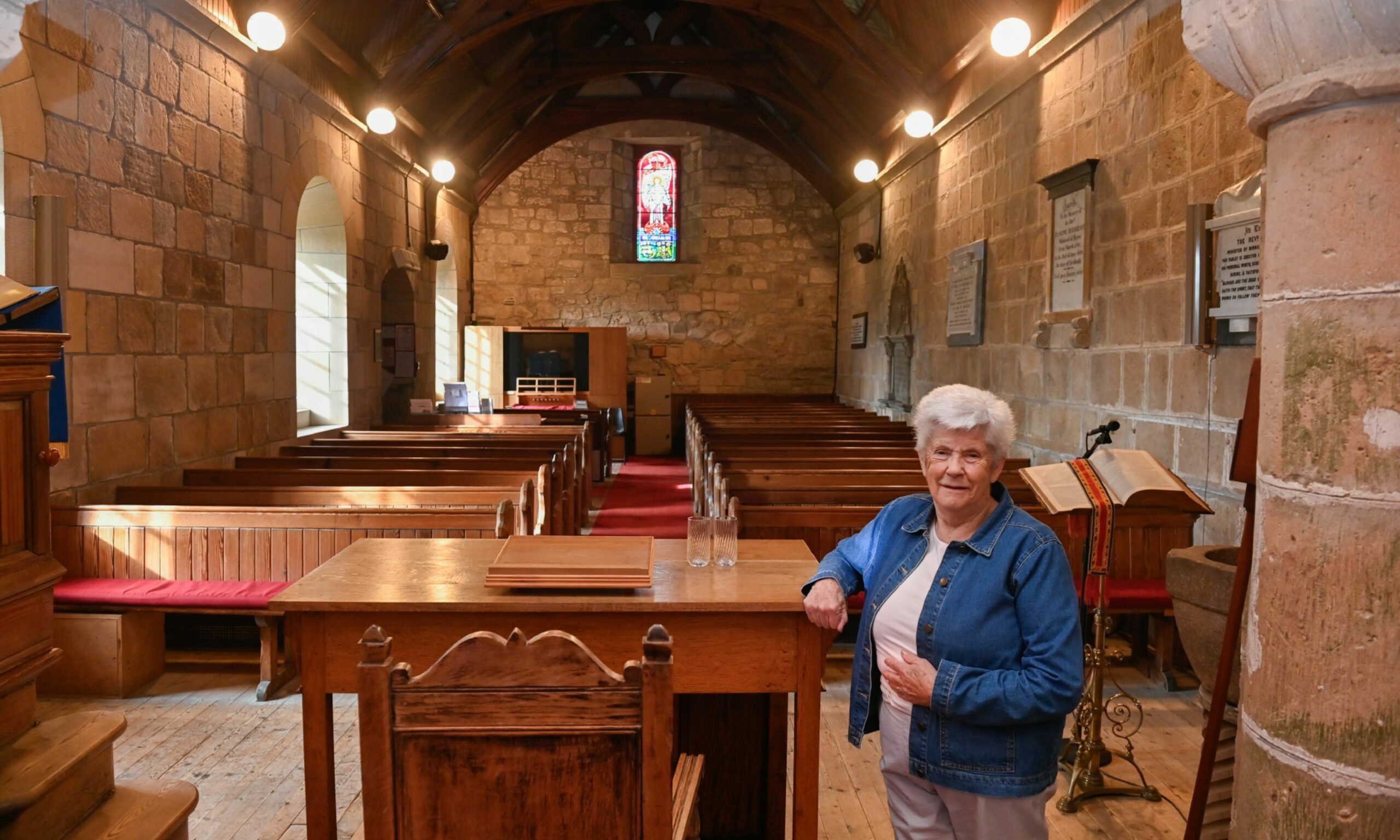
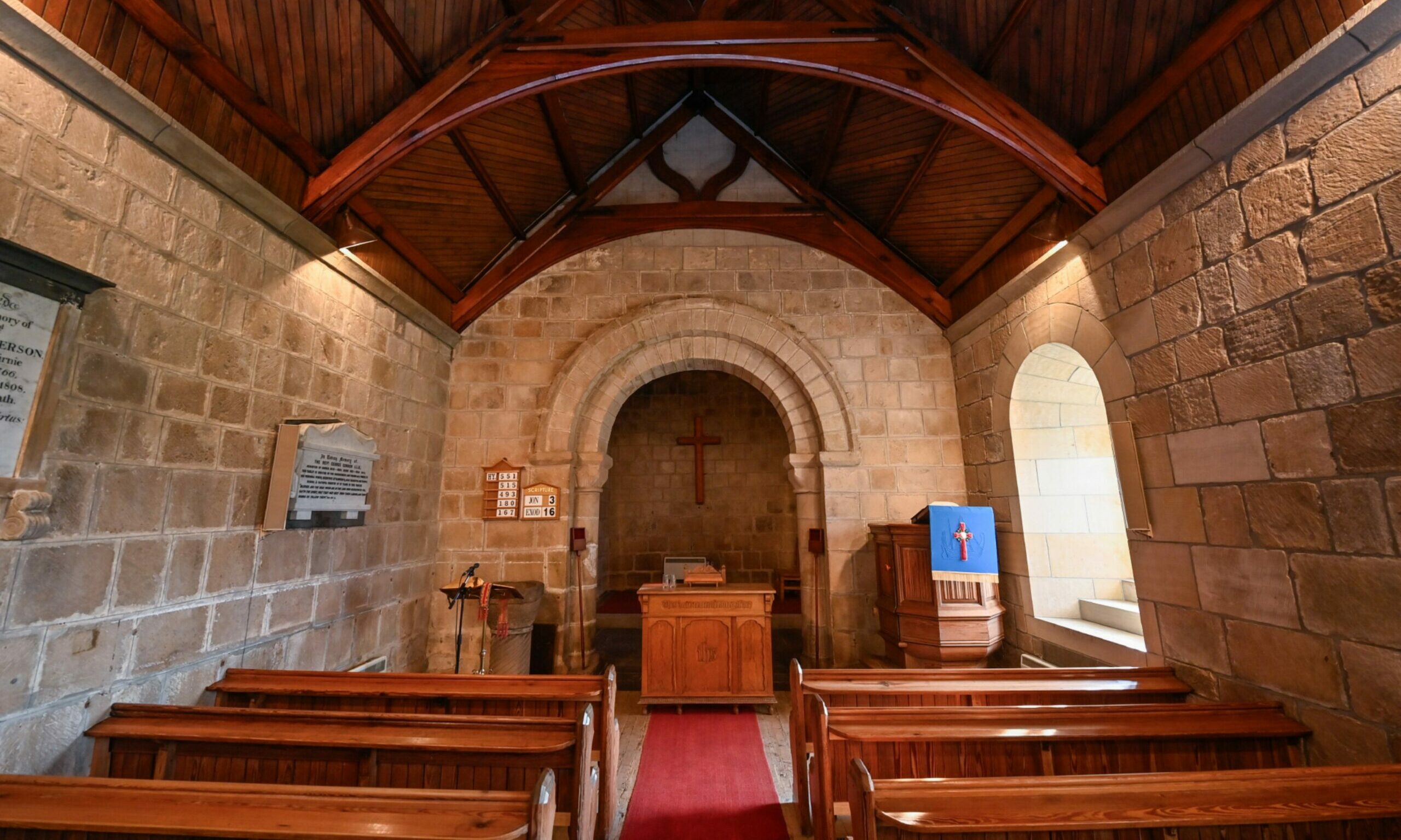
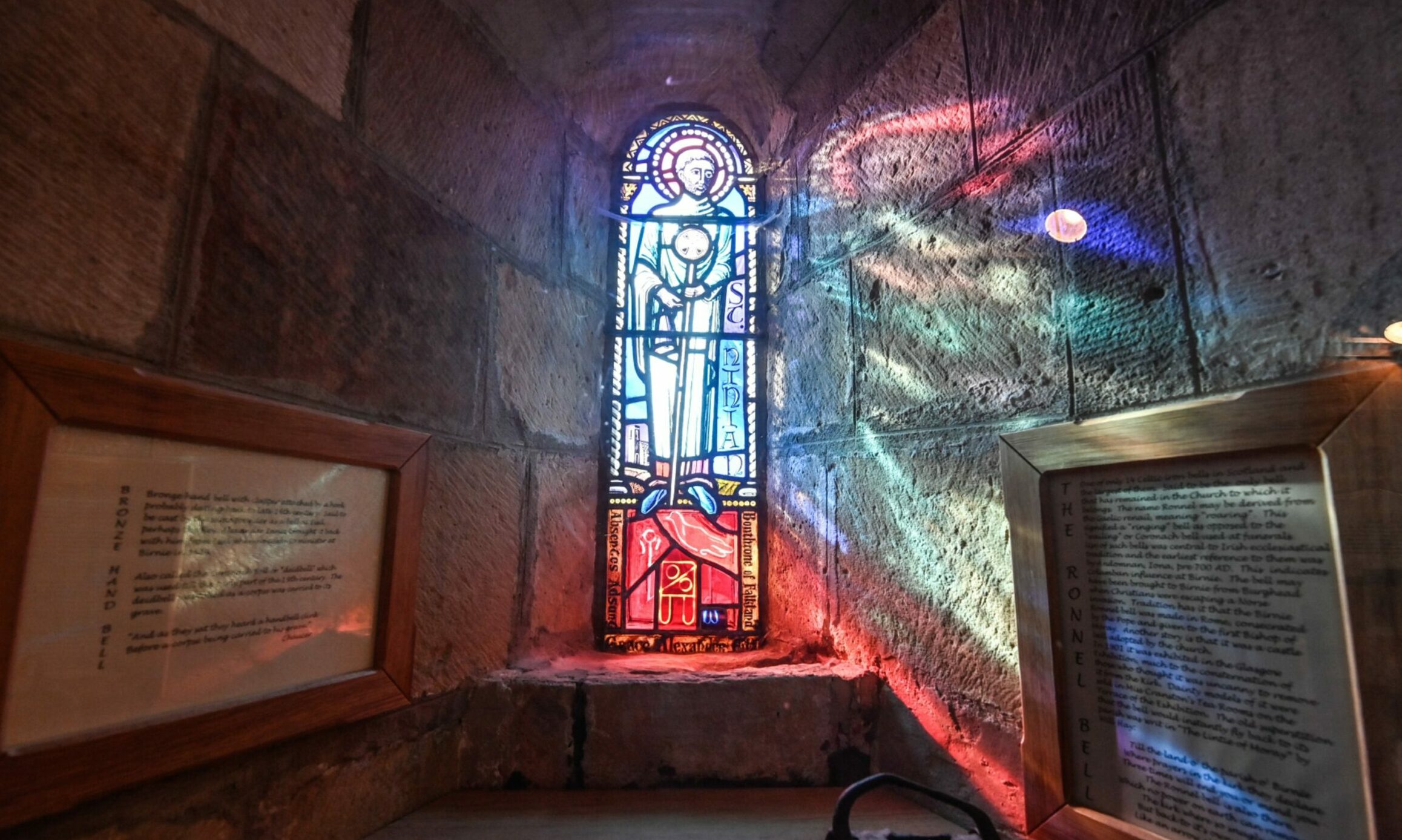
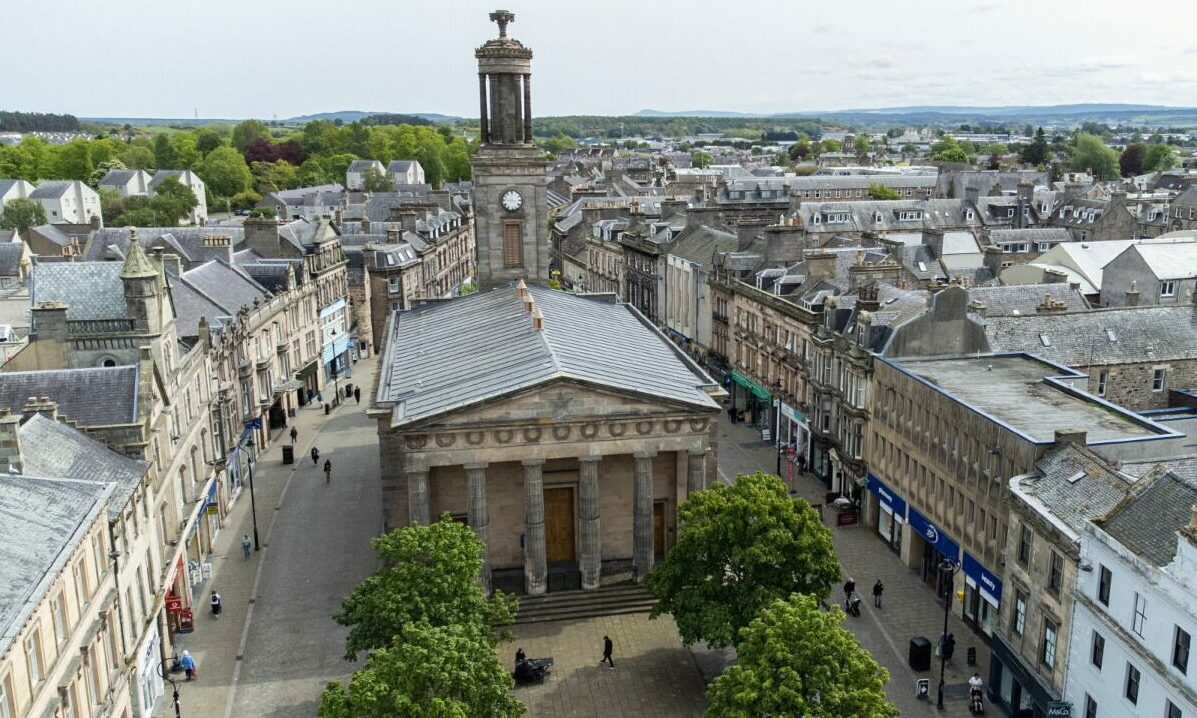
Conversation